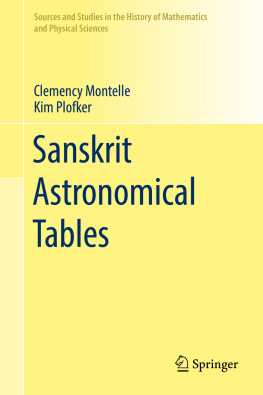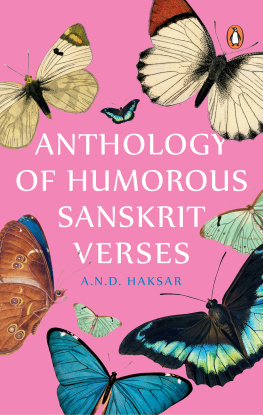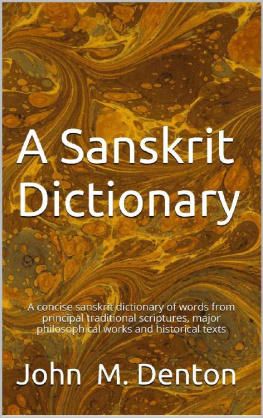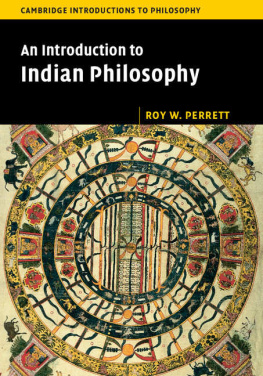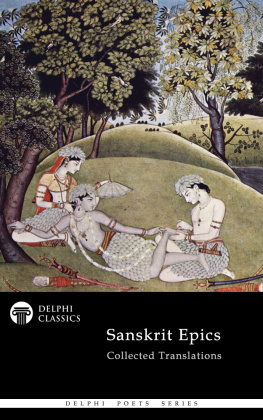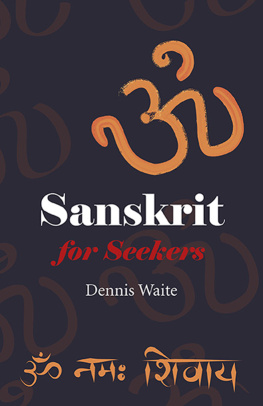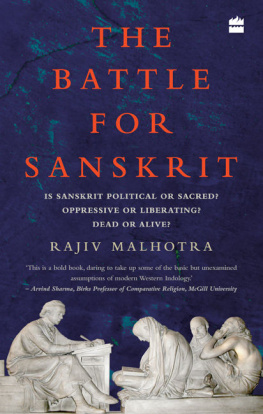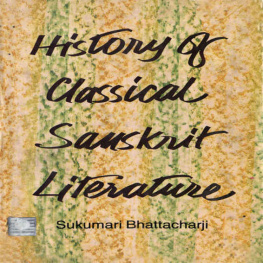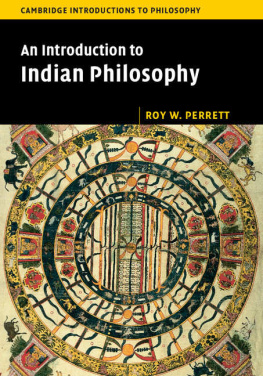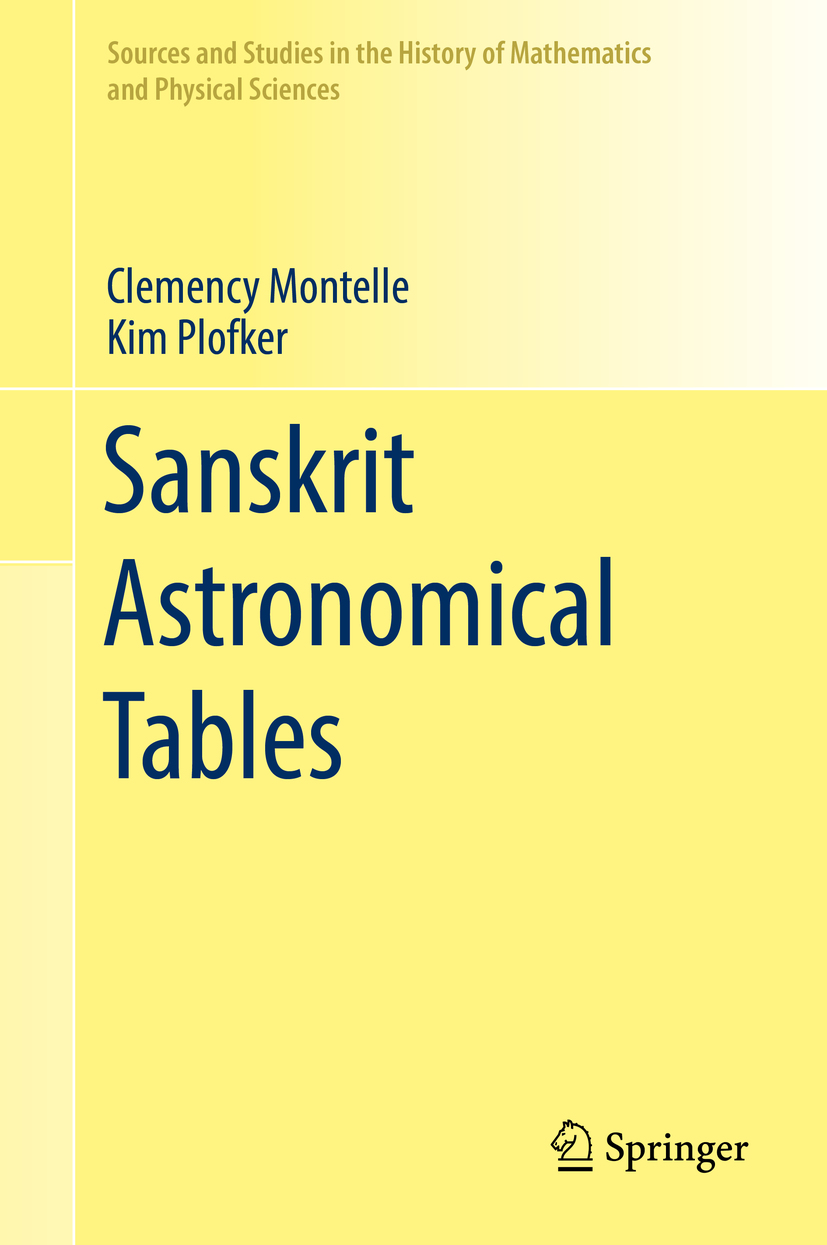Sources and Studies in the History of Mathematics and Physical Sciences
Associate Editors
A. Jones , J. Ltzen and J. Renn
Advisory Editors
C. Fraser , T. Sauer and A. Shapiro
Managing Editor
Jed Z. Buchwald
Sources and Studies in the History of Mathematics and Physical Sciences was inaugurated as two series in 1975 with the publication in Studies of Otto Neugebauers seminal three-volume History of Ancient Mathematical Astronomy, which remains the central history of the subject. This publication was followed the next year in Sources by Gerald Toomers transcription, translation (from the Arabic), and commentary of Diocles on Burning Mirrors. The two series were eventually amalgamated under a single editorial board led originally by Martin Klein (d. 2009) and Gerald Toomer, respectively two of the foremost historians of modern and ancient physical science. The goal of the joint series, as of its two predecessors, is to publish probing histories and thorough editions of technical developments in mathematics and physics, broadly construed. Its scope covers all relevant work from pre-classical antiquity through the last century, ranging from Babylonian mathematics to the scientific correspondence of H. A. Lorentz. Books in this series will interest scholars in the history of mathematics and physics, mathematicians, physicists, engineers, and anyone who seeks to understand the historical underpinnings of the modern physical sciences.
More information about this series at http://www.springer.com/series/4142
Clemency Montelle
Department of Mathematics & Statistics, University of Canterbury, Christchurch, Canterbury, New Zealand
Kim Plofker
Department of Mathematics, Union College, Schenectady, NY, USA
ISSN 2196-8810 e-ISSN 2196-8829
Sources and Studies in the History of Mathematics and Physical Sciences
ISBN 978-3-319-97036-3 e-ISBN 978-3-319-97037-0
https://doi.org/10.1007/978-3-319-97037-0
Library of Congress Control Number: 2018952064
Springer Nature Switzerland AG 2018
This work is subject to copyright. All rights are reserved by the Publisher, whether the whole or part of the material is concerned, specifically the rights of translation, reprinting, reuse of illustrations, recitation, broadcasting, reproduction on microfilms or in any other physical way, and transmission or information storage and retrieval, electronic adaptation, computer software, or by similar or dissimilar methodology now known or hereafter developed.
The use of general descriptive names, registered names, trademarks, service marks, etc. in this publication does not imply, even in the absence of a specific statement, that such names are exempt from the relevant protective laws and regulations and therefore free for general use.
The publisher, the authors, and the editors are safe to assume that the advice and information in this book are believed to be true and accurate at the date of publication. Neither the publisher nor the authors or the editors give a warranty, express or implied, with respect to the material contained herein or for any errors or omissions that may have been made. The publisher remains neutral with regard to jurisdictional claims in published maps and institutional affiliations.
This Springer imprint is published by the registered company Springer Nature Switzerland AG.
The registered company address is: Gewerbestrasse 11, 6330 Cham, Switzerland

